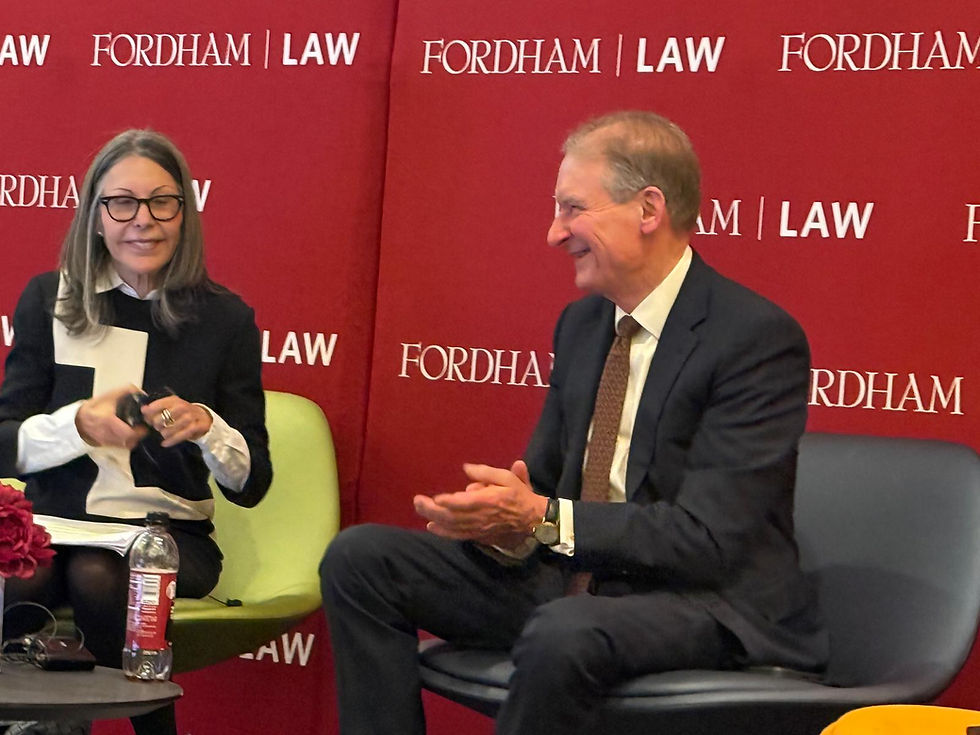Beeple's $70 million NFT debut
- B Vrettos and M Bacina
- Mar 12, 2021
- 2 min read
Updated: May 3, 2024
"The First 5000 days" by the American Artist known as Beeple has recently sold for an impressive US$69.4 million, especially considering it does not exist in a physical form. The collection of 5000 individual images form a 'NFT', meaning a non-fungible token that acts as a collectible. These collectibles use the blockchain to certify its originality and ownership.
This sale marks a few industry firsts:
Christie’s is the first major auction house to offer a purely digital work with a unique NFT (Non-fungible token) — effectively a guarantee of its authenticity — and to accept cryptocurrency, in this case Ether, in addition to standard forms of payment for the singular lot.
While a landmark sale, the excitement surrounding NFT has been an increasing trend in the past months. This may be due to the fact that, in Beeple's words
Without the NFTs, there just legitimately was no way to collect digital art.
Another feature enticing artists is that the use of NFTs can also entrench royalties. Forbes explains: "these tokens are backed by “smart contracts,” or contracts that are written into the token from the outset. The terms of these contracts will execute automatically from then on. Furthermore, these contracts specify what aspects of a given token are allowed to be changed. Thus, an artist can apply her unique digital signature as a point of origin, but the token can be sold to other collectors, and the blockchain will reflect this change in ownership."Beeple for example, has used these 'smart contracts' to ensure that he will receive "10% each time the NFT changes hands after the initial sale".
As the explosion of NFTs continues it is important to consider the rights being purchased. Specifically, if terms are written into the smart contracts guaranteeing that 10% of future purchase prices will be passed on to the artist, or if only certain rights are being transferred with a purchase, it is important that these are clearly displayed and communicated to purchasers.
NFTs have great promise in safeguarding against copies claiming to be the original, ensuring the authenticity of digital art and allowing for artists to obtain royalties downstream, however, it is crucial that consumers know what they're buying when entering the market for digital art.



